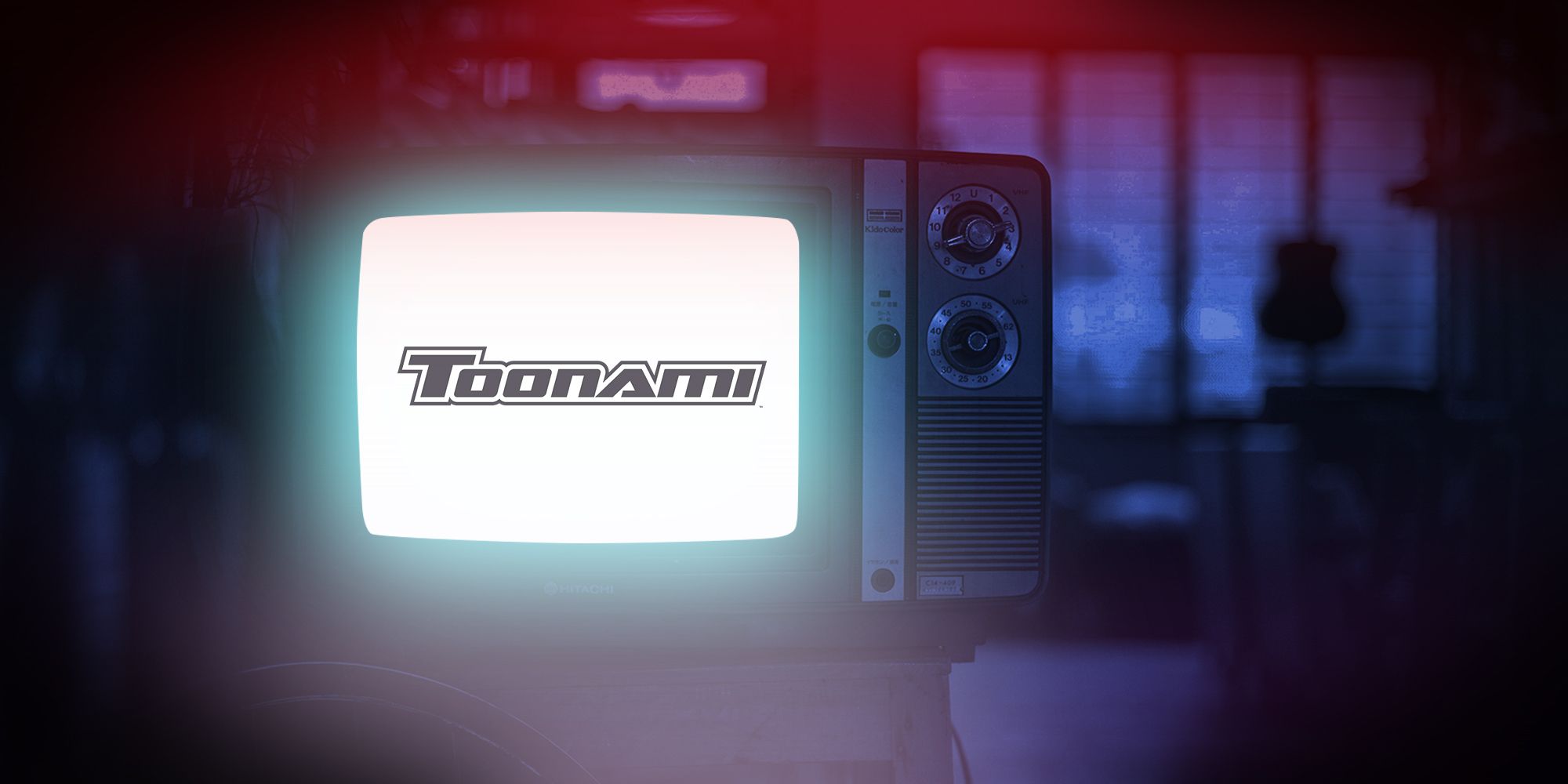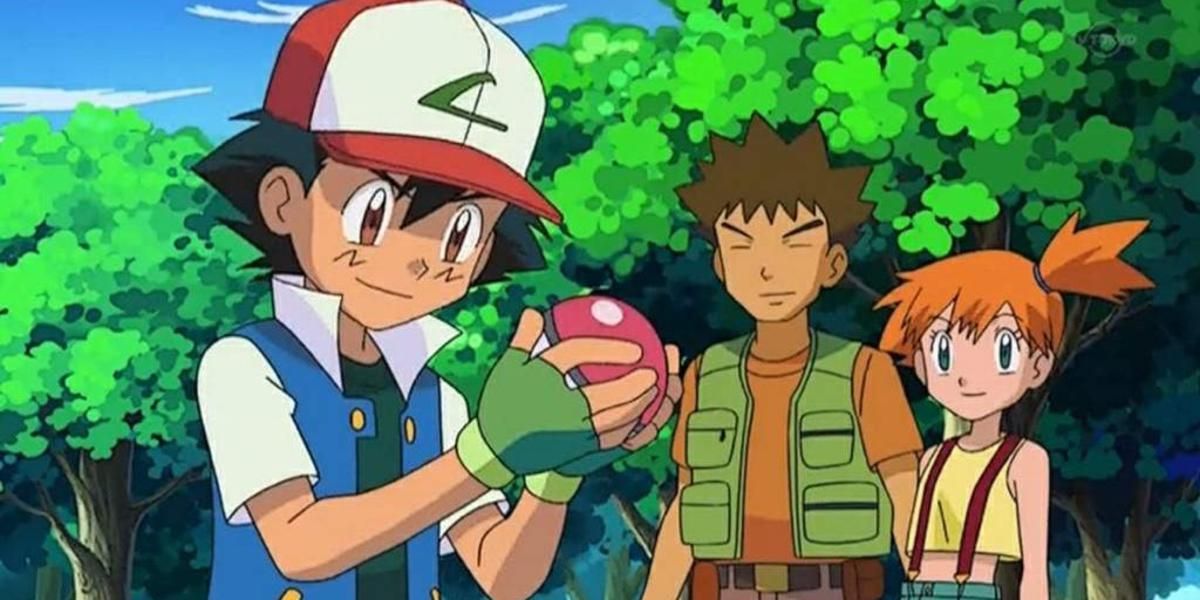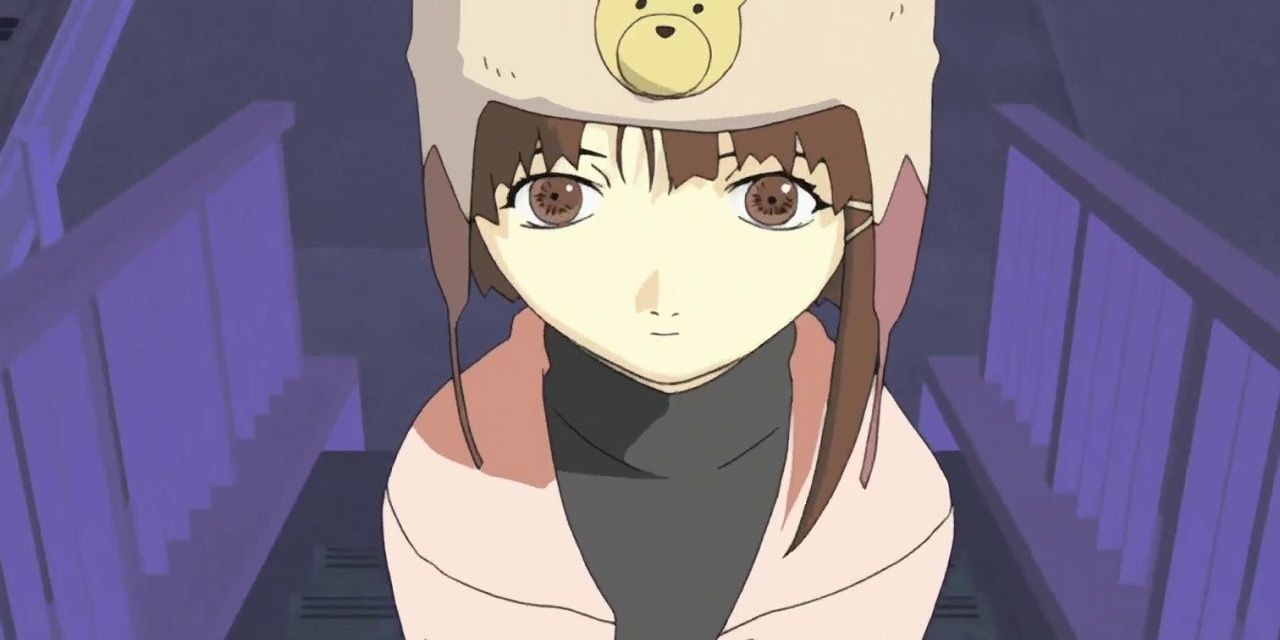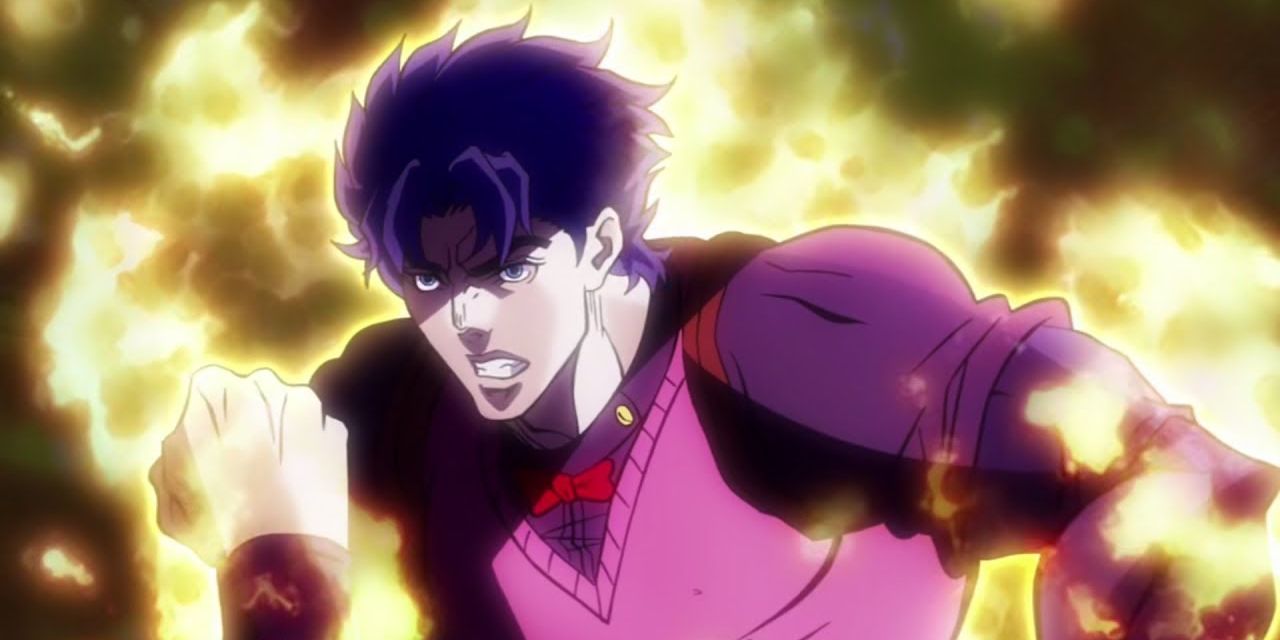Anime blocks are a common TV broadcasting staple in Japan, with networks such as NHK, TBS and Tokyo MX all having dedicated schedules for anime. It's quite common to see children's educational anime during the morning, shows like Naruto and Pokémon during the after-school hours and shows targeted towards adults, like Attack on Titan, during the late-night blocks. Outside of Japan though, options for watching anime are quite different.
Today, there are mainstream streaming services like Netflix, which provide access to anime series that have previously aired or even their own anime exclusives, as well as dedicated anime streaming services such as Crunchyroll and Funimation. But for international otaku in the past, these options were a dream yet to be realized.
Anime had already been televised outside of Japan before the advent of streaming, with shows like Speed Racer and Astro Boy having been localized for the US in the '60s. And the '80s brought with it an increase in anime, with more networks picking and choosing individual anime to license, like the original Dragon Ball and Fist of the North Star. But it wasn't until the '90s and '00s that American networks began to start their own anime blocks.
The best-known anime block was Cartoon Network's Toonami, which begin in 1997 and aired anime like Sailor Moon, Dragon Ball Z and Outlaw Star on weekday afternoons, with late night "Midnight Run" expansion allowing for less-censored anime. Met with incredible success, Toonami began the trend of anime blocks and is often credited with igniting the anime boom in the U.S. As with all successes though, it opened the door for other competitors to try and achieve the same.
Over the course of the '90s and the '00s, audiences saw the rise of numerous anime blocks, all on different networks and under different names throughout their lifespans. There were the 4Kids' anime blocks airing on Kids' WB (which became The CW) and Fox Kids (later becoming FoxBox), Sci-Fi's Saturday Anime and Ani-Monday (which changed to SyFy), and TechTV's Anime Unleashed (later switching to G4TechTV).
Each of these television blocks attempted their own spins on anime in order to keep up with the competition, featuring unique selections of shows or specific times of broadcasts. But as time would go by, all of these anime blocks would eventually be phased out and forgotten. The only exception is Toonami, which was eventually canceled in 2008 and later brought back in 2012 under Cartoon Network's Adult Swim block. So what happened to all of these other anime blocks and why are some more remembered than others?
4Kids
Starting with perhaps the most infamous and well-remembered one of the bunch, 4Kids anime blocks were shown across different networks such as WB/The CW and Fox. Audiences might remember some of the blocks' numerous names: Kids' WB, Fox Kids, FoxBox, 4KidsTV, The CW4Kids and Toonzai. Regardless of the name, 4Kids' anime blocks were popular due to the shows that it acquired the licensing for. In the late '80s when 4Kids was known as Leisure Concepts, Inc (or LCI), the company signed a licensing deal with Nintendo to market its games.
When Pokémon debuted in 1995 and began to take the world by storm, 4Kids was given the licensing rights for its anime adaptation. With the series becoming a pop-cultural phenomenon in the U.S, 4Kids' business boomed and it continued picking up hot, new anime series: Yu-Gi-Oh!, Sonic X, Kirby: Right Back at Ya! and One Piece, to name just a few.
While 4Kids is responsible for introducing many young viewers to the world of anime, its localizations are often remembered poorly and remain highly criticized by anime fans. The 4Kids versions of shows were highly censored and edited -- and often for what was considered to be nonsensical reasons. Most fans point out the unnecessary removal of Japanese culture as the biggest offense, with Pokémon having the worst example of it. In the 25th episode of the 4Kids version, for instance, the character Brock is holding onigiri (rice balls) and continuously calls them "jelly-filled doughnuts."
While these criticisms didn't hurt 4Kids at the time, its anime blocks would eventually be phased out in the late '00s. The company went bankrupt and was forced to close down in 2017, citing difficulties marketing to children and competition with cable networks. Despite 4Kids no longer existing, the company will always be fondly remembered for helping bring anime to younger audiences, but also infamously for its poor treatment of its anime series.
Saturday Anime
Possibly the earliest anime block in the US, Sci-Fi Channel's Saturday Anime begin airing in 1995 with anime specials hosted by the "Live Action Anime Girl" Apollo Smile (an actress known for anime dubs and her role as Ulala in SEGA's cult classic game Space Channel 5.) This anime block followed the Japanese tradition of airing in the late-night slot, running from midnight into the early morning.
While it technically aired before Toonami, Saturday Anime wouldn't achieve the same success. This mostly stems from the anime Sci-Fi was able to license and chose to air -- keeping in line with the network's science fiction focus, Saturday Anime showcased more adult-oriented anime and mostly movies or OVAs as opposed to long-running series. As a result, the anime block didn't win over general audiences in the same way Toonami was able to. However, Saturday Anime is credited as helping introduce viewers to classic anime films, including Akira, Ghost in the Shell and Urusei Yatsura 2: Beautiful Dreamer.
As the network underwent different owners and was rebranded as SyFy, Saturday Anime was also changed in 2007. Renamed SyFy's Ani-Monday and moved to a Monday timeslot, this anime block continued to air different sci-fi and horror anime. Within a year though, Ani-Monday was shifted to Tuesday, then to Thursday in 2010, before being abruptly and completely canceled in 2011. While no official reasoning was ever given, SyFy's cancellation of its anime block (and anime broadcasting as a whole) might be a result of changing the focus of its content from science fiction shows to original dramas and paranormal reality shows.
Anime Unleashed
One of the later attempts at an anime block, TechTV's Anime Unleashed debuted at the very end of 2002 and had a very short-lived run. Within Anime Unleashed's first year, TechTV merged with G4, leading to the anime block becoming G4TechTV's Anime Unleashed. However, in 2005, the network relaunched as G4 and installed a new president who wanted to change the entire focus of the channel. Rather then a channel dedicated to video games, science fiction and nerd culture, the president wanted to turn G4 into a "male-oriented" channel with less focus on these aspects.
Anime Unleashed was originally created to showcase science fiction anime and series with a focus on future technology, airing series such as Serial Experiments Lain and Last Exile. This vision seemed to clash with the new direction of the channel though, and Anime Unleashed was dropped in 2006, technically less than four years after it launched. While G4 eventually ended its broadcasting in 2014, old archived versions of its Anime Unleashed website show that the network was attempting to sell its anime programming in a more sleazy, risque way to fit with the new network goals. With its upcoming revival and refocus on nerd culture, it remains to be seen if G4 will ever attempt to fulfill its vision of a science fiction anime block.
Toonami
As for the best-known anime block, Toonami remained strong until 2008 when it was canceled due to low ratings. However, it made a strong comeback in 2012 under Cartoon Network's Adult Swim block. Showcasing some of the most popular current anime like JoJo's Bizarre Adventure, Attack on Titan, and Boruto, Toonami has remained at the forefront of anime distribution. It's even been collaborating with anime production companies such as Production I.G. and the anime streaming service Crunchyroll, to broadcast original anime.
With the ever-increasing popularity of streaming services, only time will tell if Toonami's anime block will remain a staple of broadcast television. In the meantime though, it serves as a warm reminder of the older days when these blocks were the only source of anime for fans outside of Japan.





